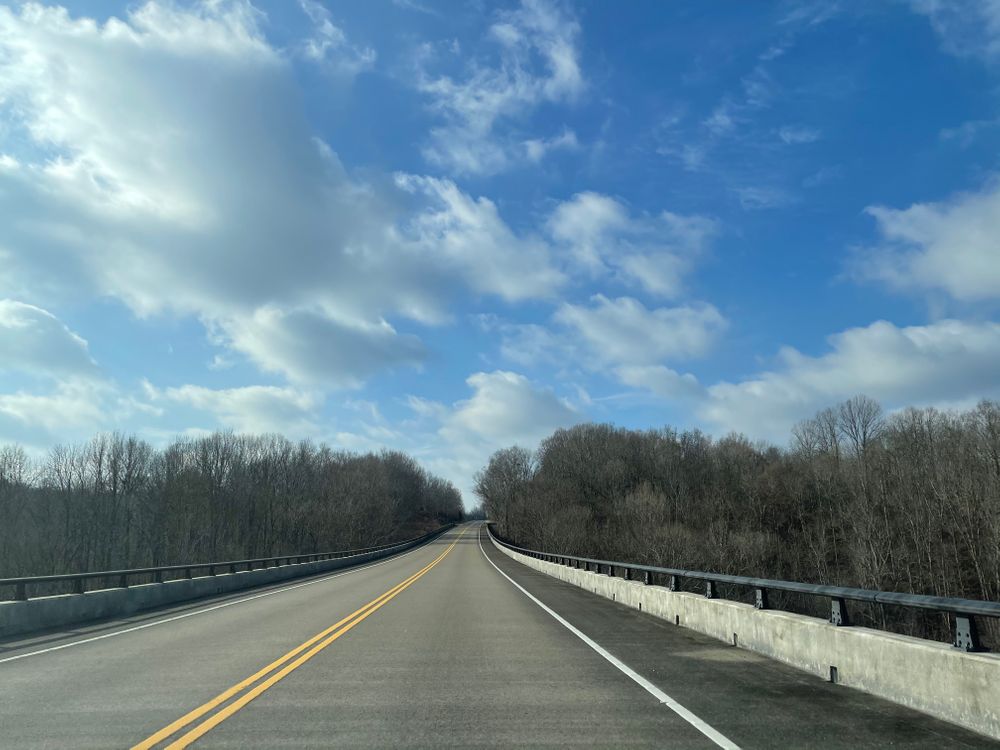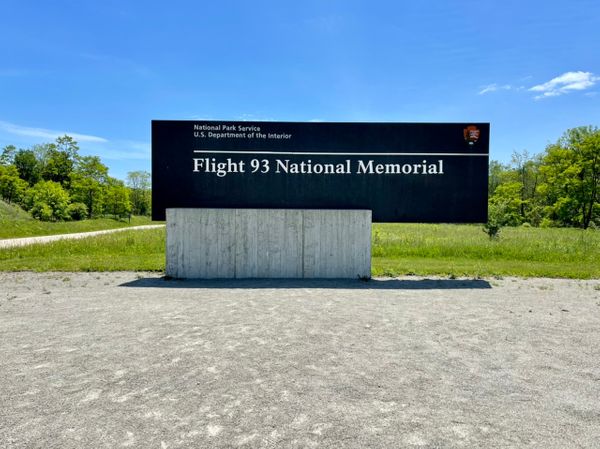History of the Natchez Trace National Parkway
The Natchez Trace was first used by herds of animals moving north and south, using the ridge line to stay on dry land while following the path of the Mississippi River so they would have access to water. Bison, deer, and other large animals that could navigate through the dense foliage were looking for grazing land as well as natural mineral and salt licks. It's called a "trace" because the Native Americans followed the "traces" these animals left as they followed their path through the woods.
Native Americans took advantage of the path forged by the animals and continued to improve it over the years by marking the way, widening it, and creating settlements along it. It continued to be used by other groups after that, including Kaintucks (boaters who used the Mississippi River to transport goods), European settlers (starting in the mid-eighteenth century), slave traders, and soldiers fighting in the War of 1812 and the Creek War.
Thomas Jefferson signed treaties with the Choctaw and Chickasaw tribes in 1801, two years before the 1803 Louisiana Purchase, and the US army worked to develop the Trace into a major thoroughfare. By 1809, it could be traversed in its entirety by a full-sized wagon. From approximately 1817, steamboat technology was developed enough to become commercially popular and the Mississippi River was used more by traders and merchants than the Natchez Trace.
In 1916, the Natchez Trace Military Highway Association picked up an initiative started by the Mississippi Daughters of the American Revolution (DAR) to pave the Natchez Trace so that it could be used by cars. In the 1930s, President Franklin D. Roosevelt’s New Deal provided funding for the project and the Bureau of Public Roads and National Park Service both got involved in the planning. The National Register of Historic Places includes parts of the Old Natchez Trace Trail as well as the Homestead Area in Tupelo.
The Natchez Trace became a National Parkway in 1938 under President Franklin D. Roosevelt. Today’s Natchez Trace Parkway does not exactly follow the Old Natchez Trace Trail, which can be found on either side of the road, clearly marked and preserved. There is no gas available along the parkway at all, so make sure to plan for detours when you need them. A lot of bicyclists and motorcyclists also use the Trace, so be careful to watch out for them.



